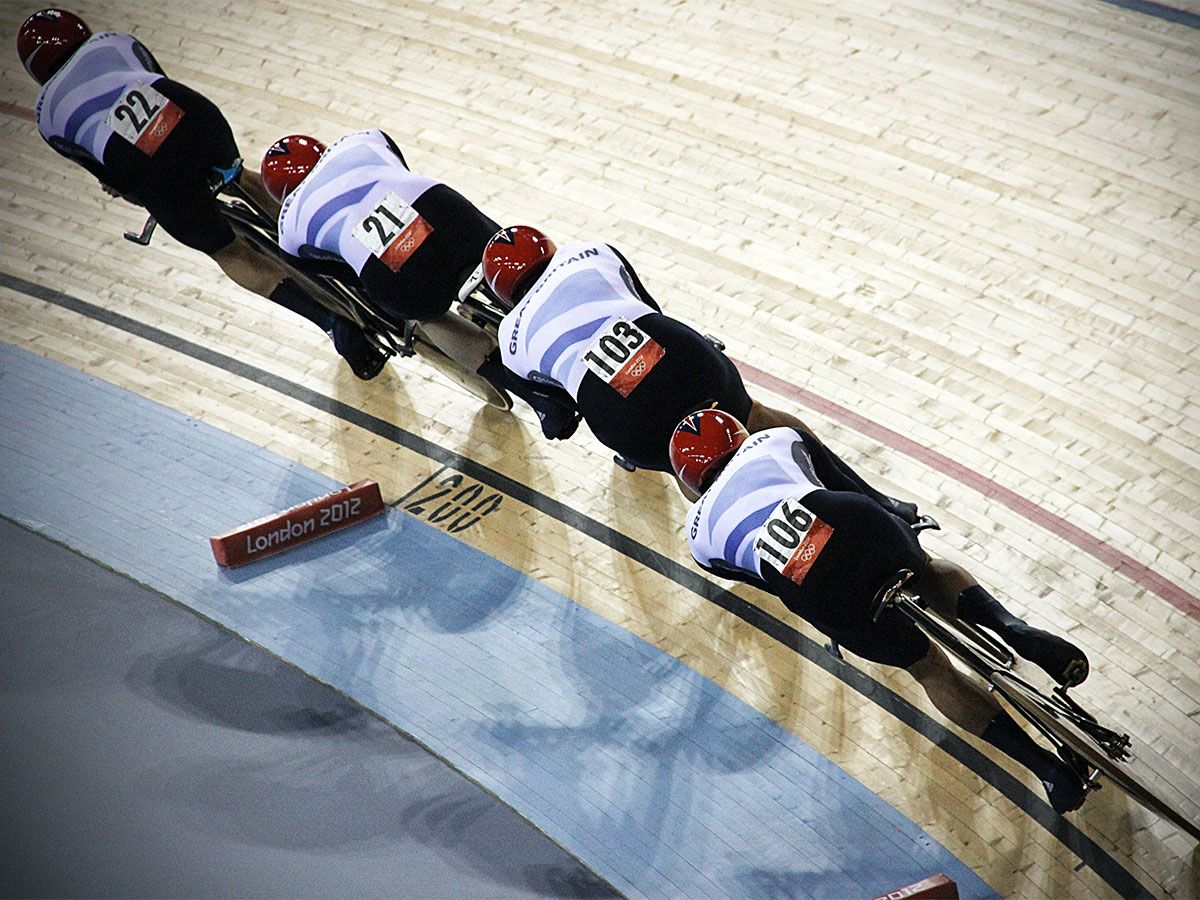
The track cycling events at the Tokyo 2020 Olympic Games kick off on the 2nd of August and promise to bring a week of high-octane racing. A happy hunting ground for Great Britain since lottery funding helped lead Jason Queally to kilo gold at Sydney 2000, Team GB have been imperious in the velodrome.
Track cycling itself has been part of the Olympics for the men since the inception of the modern games in 1896, taking only one break in 1912. 125 years ago, the events included the time trial, sprint, 10km, 100km and 12-hour races. As with many other sports, women were only allowed to start competing in track events at the Seoul games of 1988.
All the events will take place on the 250-metre wooden track at the Izu Velodrome. There are six disciplines (three sprints and three endurance) for both female and male athletes. Here's an explainer of the various races we will see this year.
Team Sprint
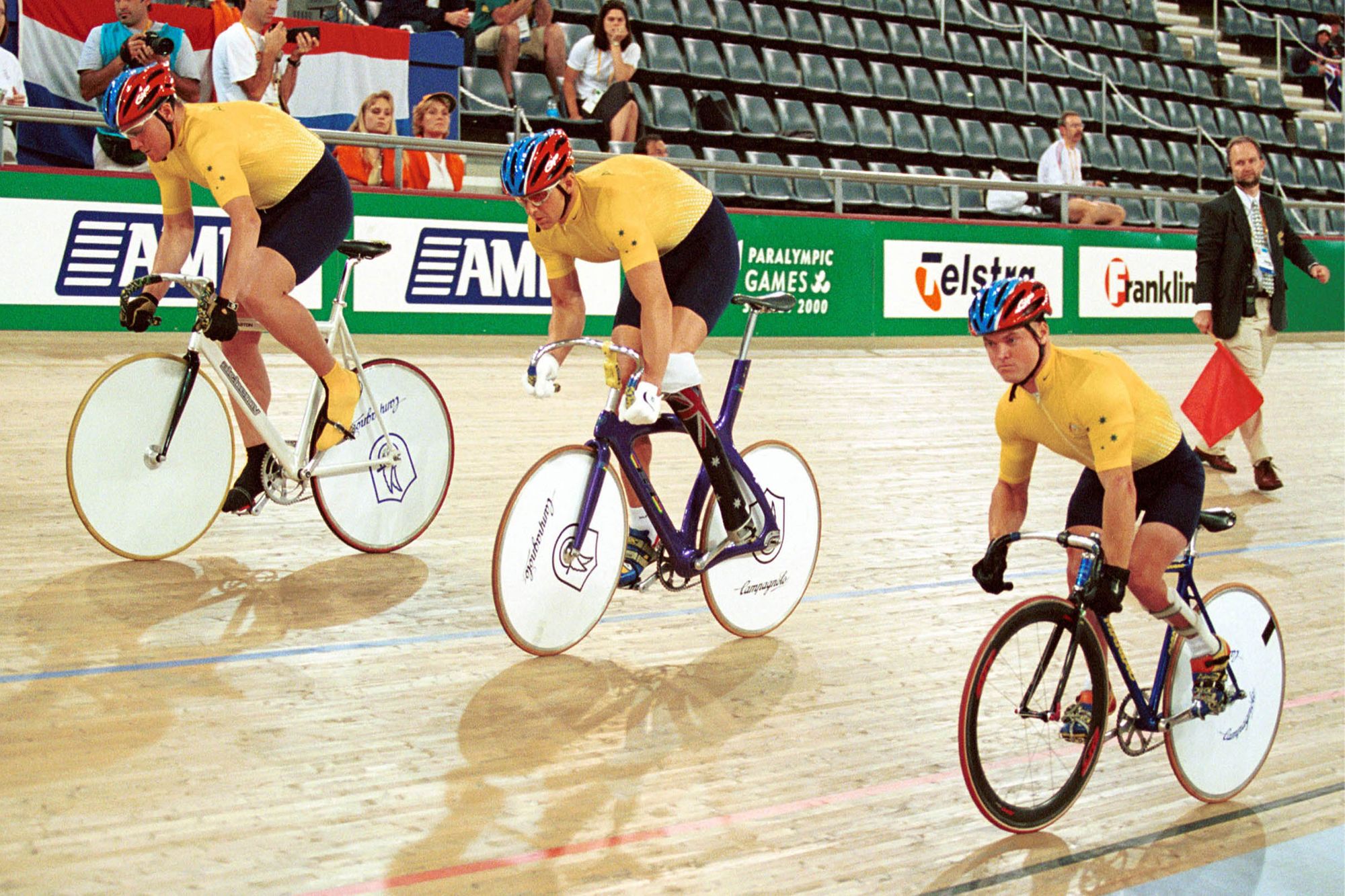
The team sprint is an incredible demonstration of a track cyclist’s strength and power. After a sinew straining standing start, two teams of either three for the men or two for the women, race on opposite sides of the track in a line. After the end of each lap, the rider on the front will peel off until one remains to battle it out to the line.
Sprint
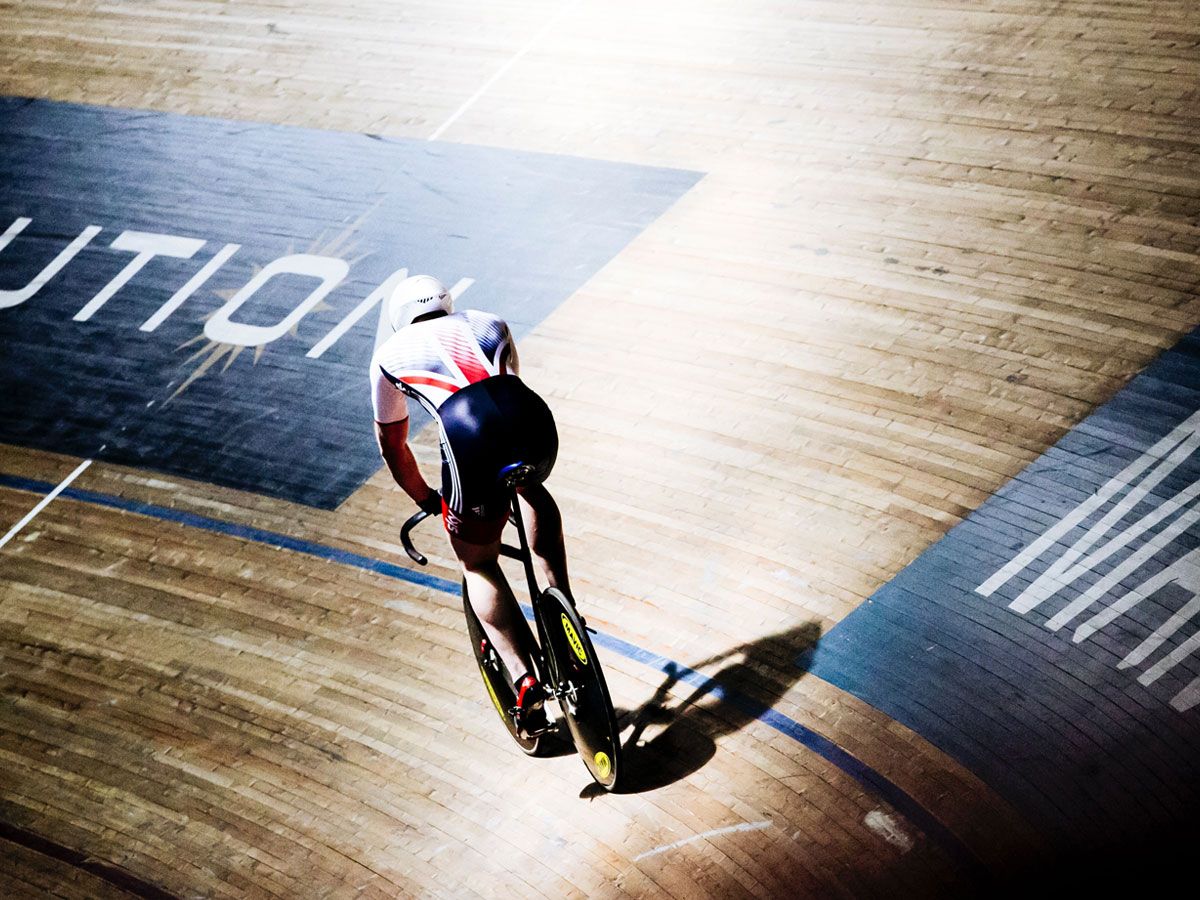
The match sprint is a race between two riders over three laps of the track. Unlike the team sprint, the riders don’t go off full pelt from the gun. Although the goal is simple, get to the line ahead of your opponent, there are serious amounts of tactics involved. You will often see the pair engage in ‘cat and mouse’ tactics by doing a track stand (one of our 7 Advanced Skills For Cyclists To Master) in an attempt to force the other rider to come through and lead out the sprint instead of themselves providing a drafting opportunity going into the final bank.
Keirin

The last of the sprint events is the keirin. Rather excitingly, the event returns to its homeland this year as the race originated in Japan. In fact, the Izu Velodrome has one of the most notorious keirin schools on its doorstep. The word translates to 'racing wheels', and the event is a six-lap race featuring seven riders who follow a 'derny' pacing motorbike for five and a half laps as it gets increasingly faster. With two and a half to go, the derny leaves the track and it becomes a who dares wins jostling race to the line. Chaotic and fast, you don't dare blink during this edge of your seat race.
Team Pursuit
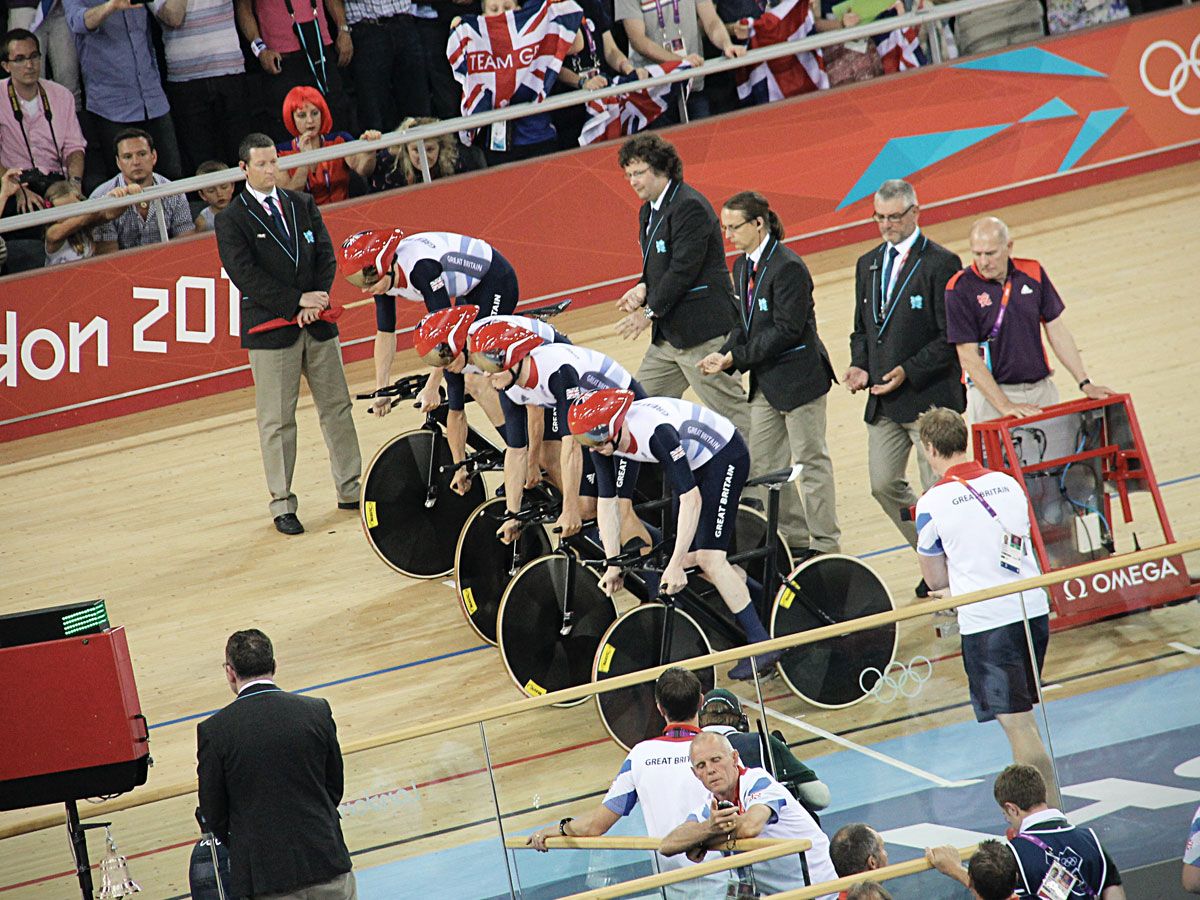
Sadly the 12-hour race hasn't stood the test of time but that doesn't mean the endurance events are any less brutal. The distance and intensity of the races mean that to win at the Olympics, riders must be exemplary athletes. The team pursuit will kick off the action, and this is where both the men and women race over four kilometres in squads of four with their rivals on the opposite side of the track. They race with their wheels millimetres away from touching, with each rider sharing the workload and peeling off on the banks to re-join the rear when their pull is complete. The time is taken on the third member of the squad to cross the line, but the race can also end if one team catches the other.
Madison
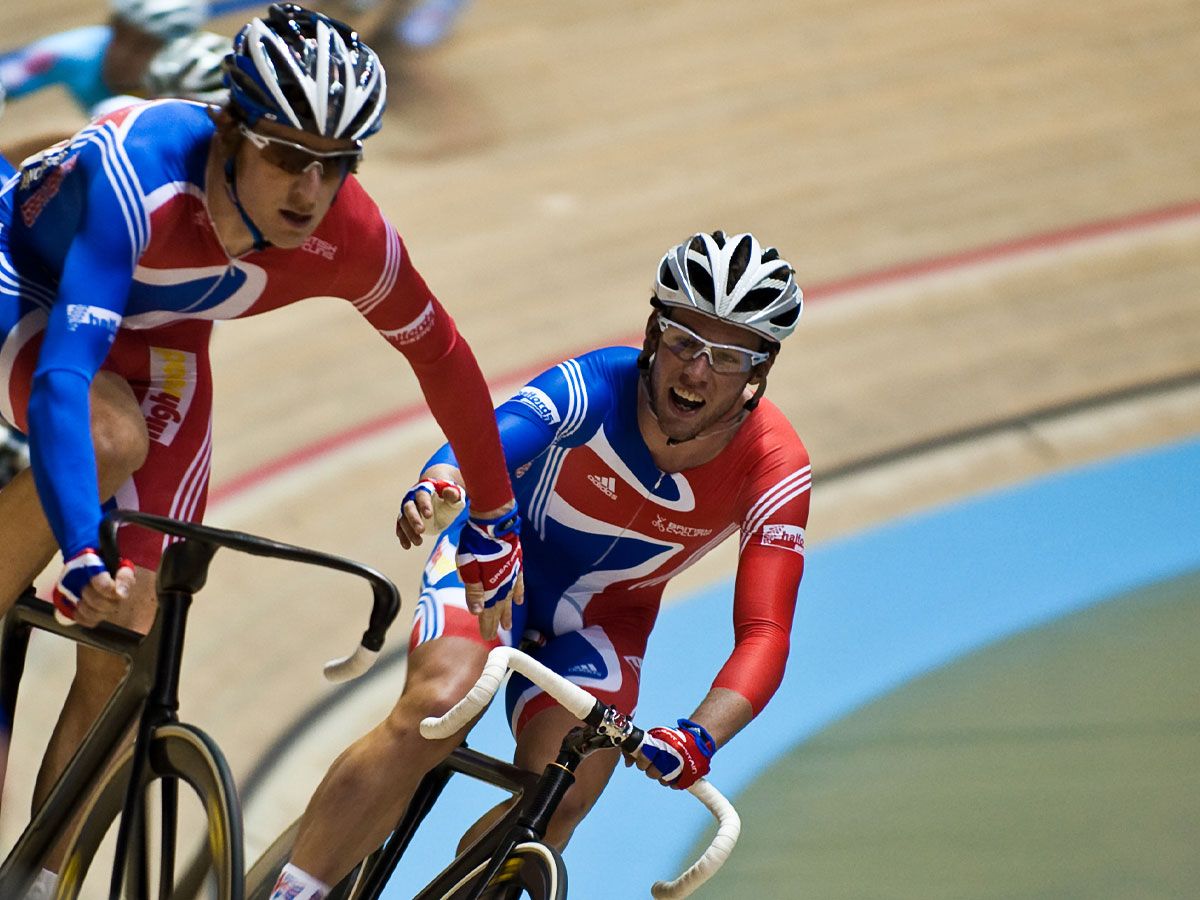
The Madison is named after Madison Square Garden in New York, a crucible of early track cycling. A relay of sorts, it is raced in teams of two inside a mass field. The aim of the game is to take maximum points on a sprint lap, which are held every 20 laps or gain a lap by attacking. Only one rider in a pair is racing at any given time so the other rider circles the track at the top of the banking waiting for their moment to 'tag in'. The handover isn't with a baton (although that would be fun). Instead, riders indicate the switch over with a hand-sling, propelling their teammate into the race. This usually happens to set up a sprint or attack. It is one of the most complex but gripping races of the schedule so be sure to tune in.
Omnium
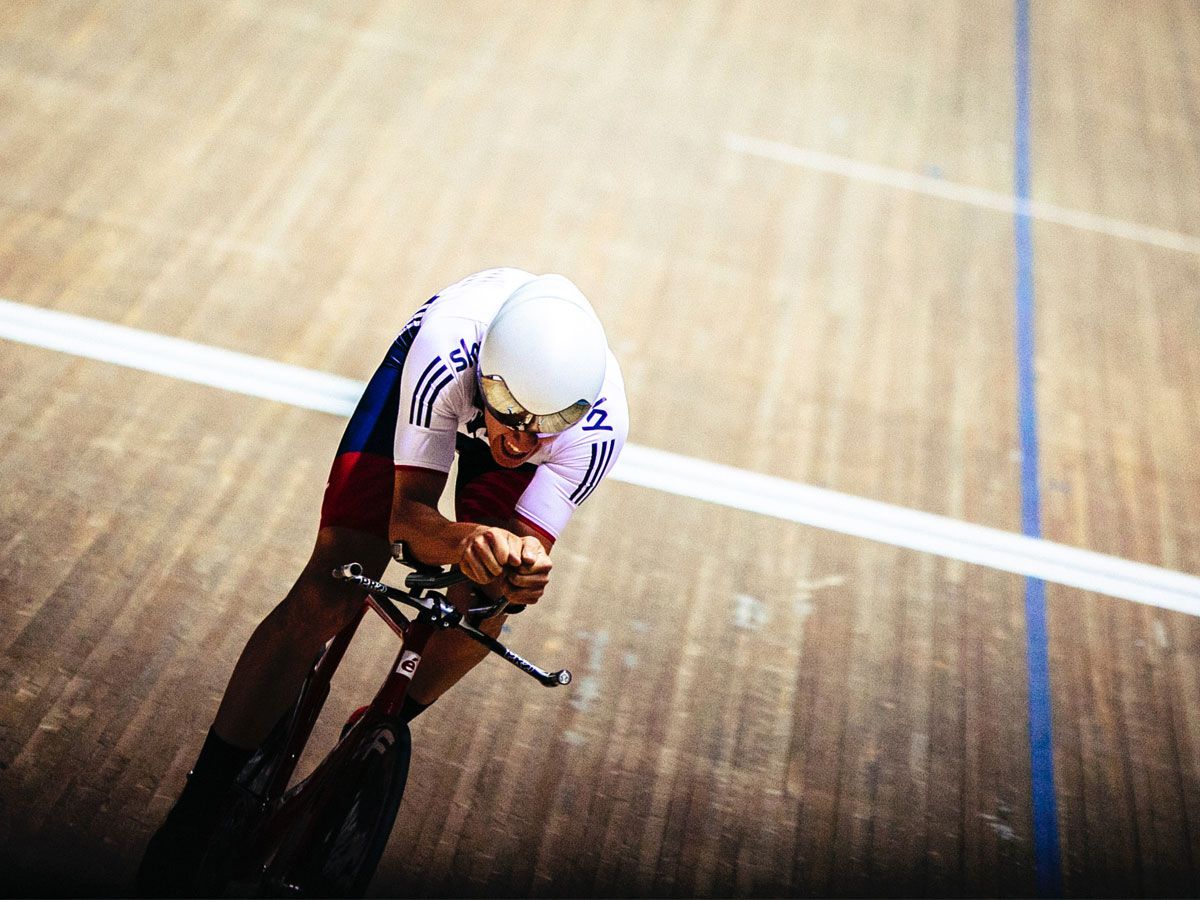
The heptathlon of the velodrome, the omnium crowns the best all-around track athlete. The number of track cycling events in the schedule was reduced after Beijing 2008 so the omnium was brought in as an all in one display of the four mass field races. These are the tempo race, the scratch race, the ever-popular elimination race and the points race. Riders are awarded points according to their finishing position in each event before the points race where their totals can either increase or decrease depending on their result.
The track cycling schedule will no doubt prove to be an excellent way of rounding out the already brilliant cycling events at Tokyo 2020. The velodrome will be absolutely stacked with talent racing tooth and nail for gold, silver and bronze. Keep your eyes on the PedalSure blog for more on how to get into track cycling.
Protect yourself while out on the roads with comprehensive cycle insurance from us. Get a quote today.
